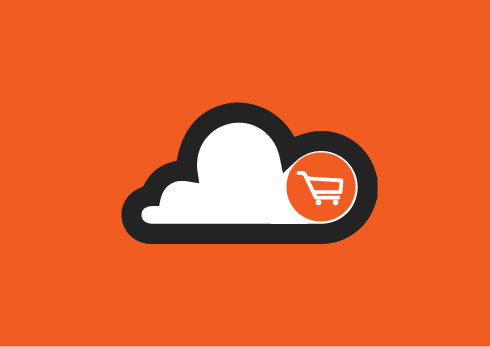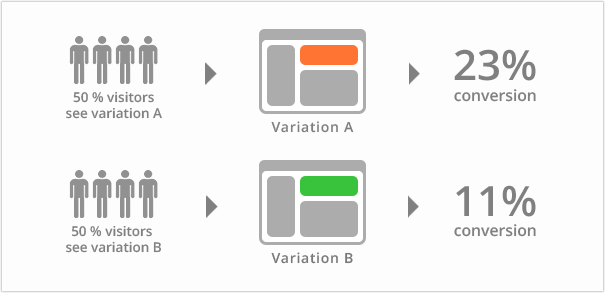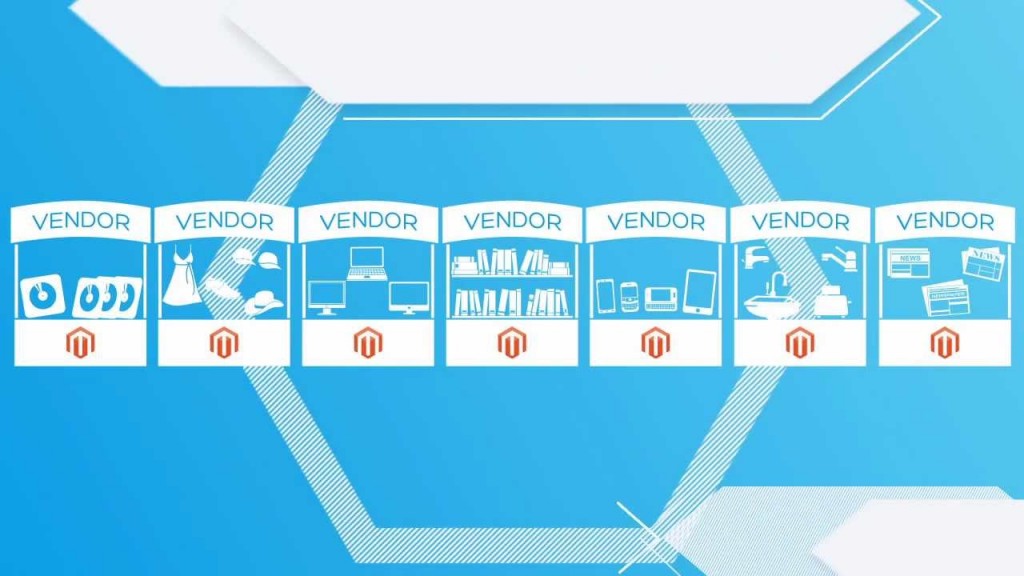Top E-Commerce Platforms (cloud E-Commerce services, not self-hosted solutions)
In this post you will find all the necessary information about the most popular e-commerce platforms. BigCommerce, Shopify, Squarespace, Corecommerce, Volusion, AmeriCommerce, 3dcart, Bigcartel and Lemonstand are among described solutions. Remember, that all of them have their unique features and options. Some platforms offer much wider possibilities, but in a case with small businesses they are unnecessary.

 It is extremely easy to create PDF Invoice in Magento but very hard make changes and customisations in each PDF, but there are dozens of extensions developed to do this. You can customize templates, add extra fields and match invoices with your brand identity via the following custom PDF invoices Magento extensions.
It is extremely easy to create PDF Invoice in Magento but very hard make changes and customisations in each PDF, but there are dozens of extensions developed to do this. You can customize templates, add extra fields and match invoices with your brand identity via the following custom PDF invoices Magento extensions.


 PrestaShop is a free and open source solution for e-commerce stores. Among its supported payment gateways are DirecPay, Authorize.Net, Google Checkout, Skrill and, of course, PayPal. The system contains over 250 features and more than 1000 add-ons for different areas of activity. The main features of PrestaShop are:
PrestaShop is a free and open source solution for e-commerce stores. Among its supported payment gateways are DirecPay, Authorize.Net, Google Checkout, Skrill and, of course, PayPal. The system contains over 250 features and more than 1000 add-ons for different areas of activity. The main features of PrestaShop are: